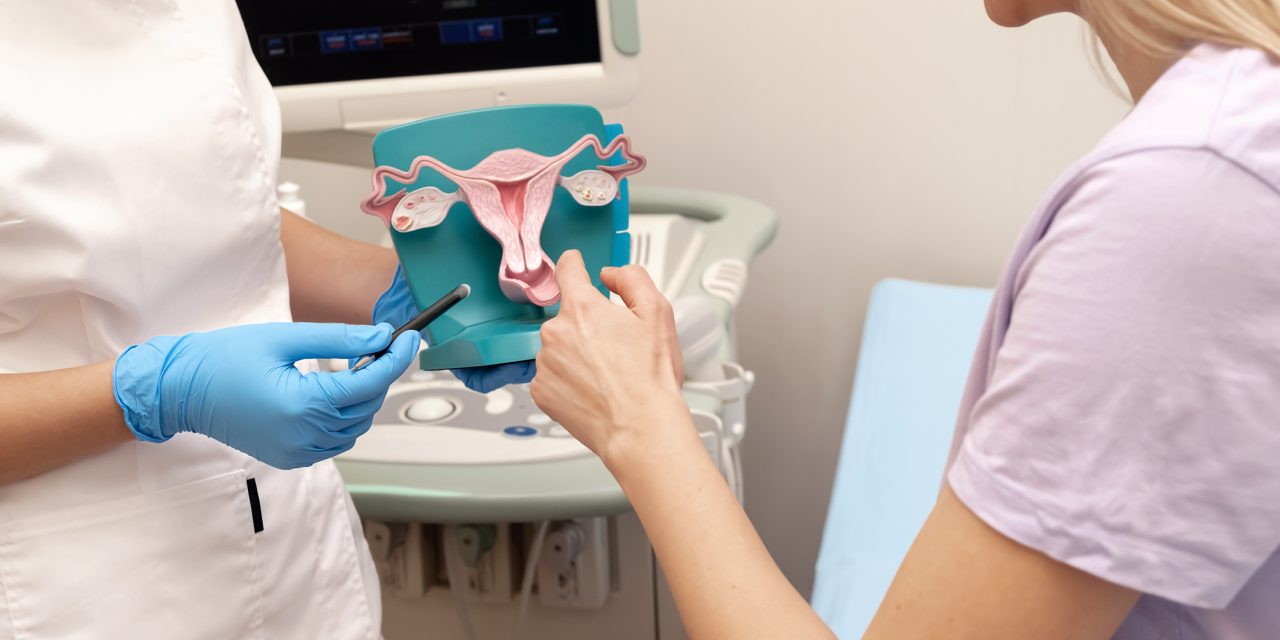Using the Nationwide Emergency Department Sample, researchers looked at the relationship between sex and pregnant status and rates of naloxone administration during opioid overdose-related emergency department (ED) visits.
The Nationwide Emergency Department Sample 2016 and 2017 data sets were used in a retrospective cohort analysis. Men and women aged 15–49 years old with an opioid overdose-related ED visit were eligible; records for women were stratified by pregnancy status. Pregnant women who received naloxone were compared to those who did not get naloxone in a subgroup analysis. When compared to males, nonpregnant women had reduced chances of naloxone administration and death but a greater likelihood of future admission. When compared to nonpregnant women, pregnant women had reduced odds of naloxone administration and death but greater odds of future admission. Pregnant women who got naloxone had a greater risk of death than pregnant women who did not get naloxone. Pregnant women who did not get naloxone were more likely to have Medicaid as their expected insurance provider, to be in the lowest quartile of median family income for their ZIP code, and to have a contemporaneous mental health diagnosis than pregnant women who did receive naloxone.
Records of 25,056 pregnant women, 304,364 nonpregnant women, and 443,714 men were included. Nonpregnant women had lower odds for naloxone administration (1.70% vs 2.10%; adjusted odds ratio [aOR] 0.86 [95% CI 0.83–0.89]) and mortality (2.21% vs 2.99%; aOR 0.71 [95% CI 0.69–0.73]) but higher odds of subsequent admission (30.22% vs 27.18%; aOR 1.04 [95% CI 1.03–1.06]) compared with men. Pregnant women had lower odds for naloxone administration (0.27% vs 1.70%; aOR 0.16 [95% CI 0.13–0.21]) and mortality (0.41% vs 2.21%; aOR 0.28 [95% CI 0.23–0.35]) but higher odds of subsequent admission (40.50% vs 30.22%; aOR 2.04 [95% CI 2.00–2.10]) compared with nonpregnant women.
Pregnant women who received naloxone had higher odds of mortality (14% vs 0.39%; aOR 6.30 [95% CI 2.11–18.78]) compared with pregnant women who did not receive naloxone. Pregnant women were less likely than reproductive-aged males to obtain naloxone during opioid overdose-related ED visits. In efforts to minimize opioid- and pregnancy-related morbidity and death in the United States, naloxone administration for reproductive-aged women should be prioritized.


